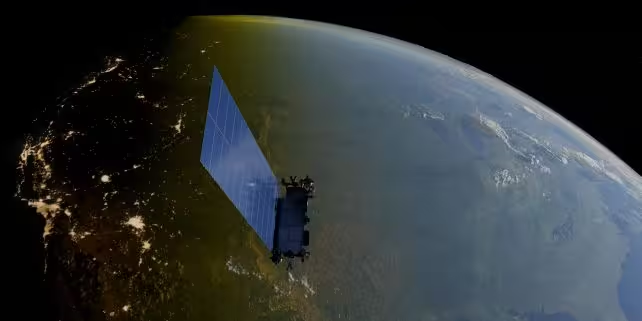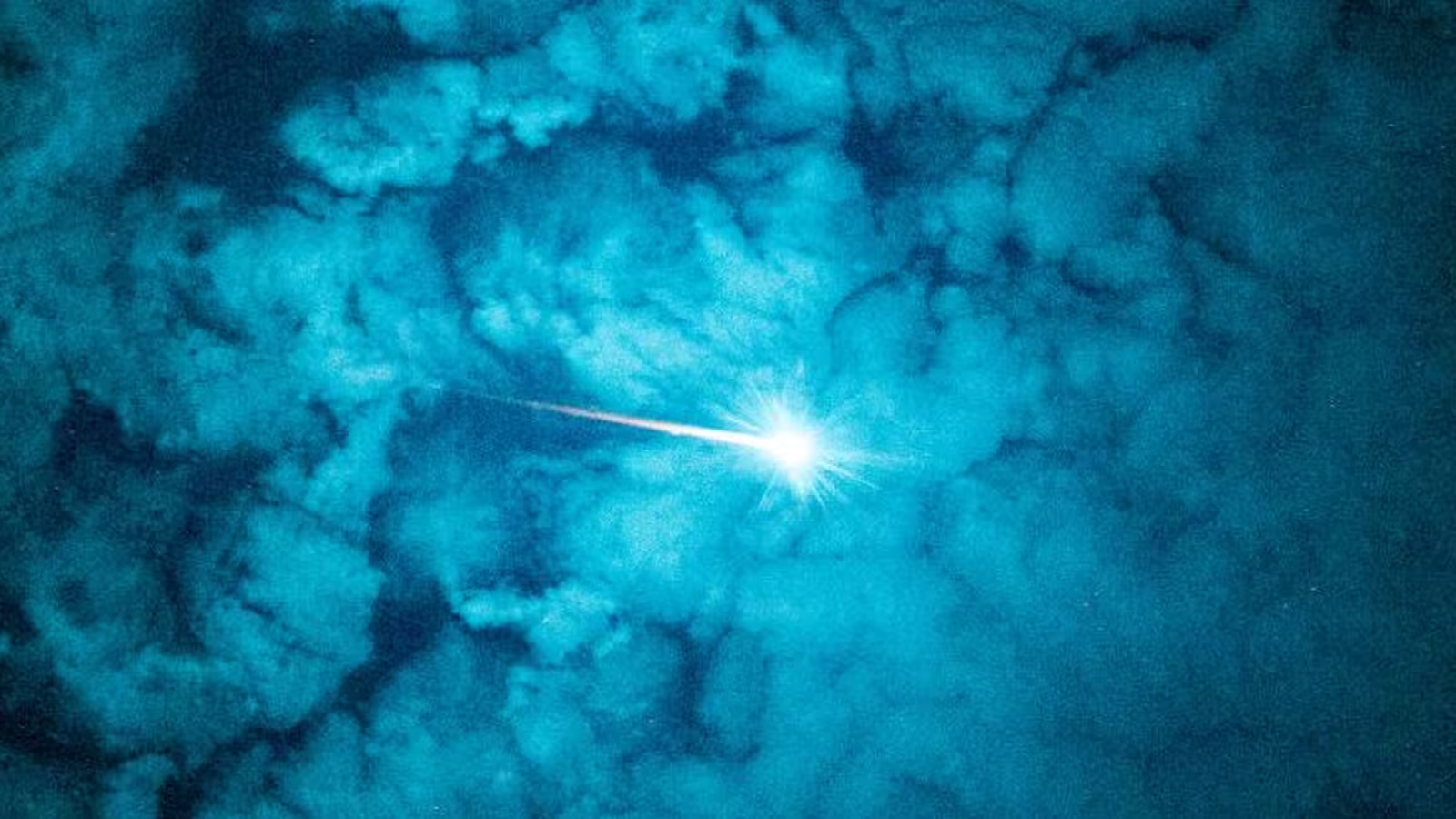5 Minutes
Solar Storms and the Fate of Starlink Satellites
SpaceX’s Starlink satellite network has experienced a dramatic increase in satellite deorbits, as a direct result of heightened solar activity. New research led by Dr. Denny Oliveira of NASA's Goddard Space Flight Center reveals a strong connection between the ongoing solar maximum and the rate at which Starlink satellites are reentering Earth's atmosphere. This study provides valuable insights into how the Sun’s behavior can influence the dynamics of satellite constellations in low-Earth orbit (LEO).
Understanding the Solar Cycle
The Sun undergoes a natural 11-year activity cycle marked by fluctuations in magnetic activity. As this cycle progresses, sunspots, powerful solar flares, and coronal mass ejections (CMEs) become increasingly common, peaking during a phase known as solar maximum. The 25th solar cycle, which began in 2019, has exhibited stronger-than-expected solar activity, producing intensified solar storms that have had wide-ranging effects on Earth's space environment—including visible surges in auroras and impacts on satellite infrastructure.

The Effects of Solar Activity on Earth's Atmosphere
When the Sun enters an active phase, particles and energy from solar outbursts interact with the upper layers of Earth's atmosphere. While these disturbances contribute to stunning auroral displays, they also heat and expand the upper atmosphere. This expansion increases atmospheric density at altitudes where satellites like those in the Starlink constellation operate, amplifying atmospheric drag. As a result, satellites in LEO must consume more onboard fuel to counteract this drag and maintain their orbits, or risk gradually losing altitude and reentering the atmosphere.
Starlink: A Natural Laboratory for Orbital Decay
SpaceX has launched over 8,800 Starlink satellites since 2019, with several thousand currently in operation. These numbers, unprecedented in the history of satellite constellations, have provided researchers with a unique opportunity to analyze how satellites respond to solar-induced orbital drag across real operational fleets.
Between 2020 and 2024, Oliveira’s team tracked 523 Starlink satellite reentries. Their findings highlight a robust trend: as solar activity ramped up towards the cycle’s peak, so did the rate of Starlink satellites reentering Earth's atmosphere. According to their published analysis, “We clearly show that the intense solar activity of the current solar cycle has already had significant impacts on Starlink reentries.”
A Closer Look at Satellite Reentries
The first Starlink deorbits due to atmospheric drag began in 2020 with just two satellites. However, as solar intensity increased, the yearly toll mounted: 78 satellites in 2021, 99 in 2022, 88 in 2023, and a dramatic spike to 316 by 2024. The group analyzed these reentries by matching them to geomagnetic conditions—essentially measuring how strongly the Sun’s storms were impacting near-Earth space at the time. Surprisingly, about 72% of reentries occurred during periods of weaker geomagnetic disturbance, rather than major solar storms.
The researchers concluded that many satellites succumbed to the cumulative, persistent effect of increased drag over several months, instead of sudden, severe space weather events. Those satellites that did fall during stronger solar storms deorbited more rapidly, suggesting that both steady and intense space weather need to be accounted for in satellite mission planning.
Implications for Spacecraft Design and Future Satellite Operations
These findings are both a warning and an opportunity for the growing commercial and scientific reliance on large satellite constellations. SpaceX’s Starlink network, because of its sheer scale, provides invaluable data for modeling the relationship between solar cycle dynamics and orbital decay. “This is a very exciting time in satellite orbital drag research, since the number of satellites in low-Earth orbit and solar activity are the highest ever observed in human history,” the researchers note.
By incorporating precise, high-frequency data from Starlink—such as changes in orbital altitude, velocity, and other environmental parameters—scientists aim to refine models that predict orbital drag during both moderate and extreme geomagnetic events. Improved forecasting and real-time adaptive satellite operations could help mitigate the risk of premature reentries and reduce the chances of accidental collisions, which in turn lower the risk of triggering cascading debris events (like the so-called Kessler Syndrome).
Looking Ahead: Preparing for an Active Sun
As solar activity continues near its peak, understanding the relationship between space weather and satellite reentry will remain crucial. The work of Oliveira and his colleagues not only deepens our knowledge of how solar physics influences artificial satellites but also helps inform the design of future spacecraft and their operational protocols. Ongoing research will play a pivotal role in safeguarding space assets, ensuring reliable satellite services—from global internet coverage to Earth observation—despite the Sun’s unpredictable temperament.
Conclusion
The unprecedented surge in Starlink satellite reentries illustrates the tangible impact of solar activity on modern satellite networks. With humanity’s presence in low-Earth orbit at an all-time high, understanding how solar cycles influence satellite stability is more vital than ever. Research leveraging data from extensive constellations like Starlink helps enhance our predictive capabilities and operational resilience, making space a safer and more sustainable domain for current and future missions.
Source: doi



Comments